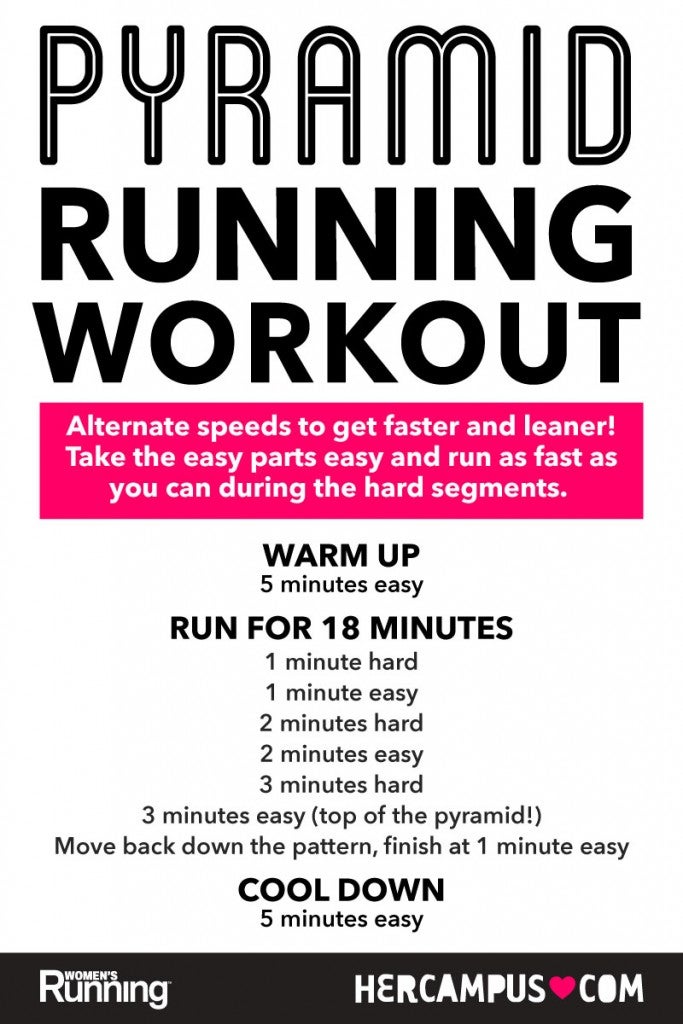Raise Your Running Strategy with Proven Techniques
Raise Your Running Strategy with Proven Techniques
Blog Article
Overcoming Pain in Running: Methods and Methods That Work
Pain is a common companion for many joggers, often serving as an obstacle to attaining their preferred objectives. With the appropriate strategies and techniques, it is possible to conquer and even stop the pain linked with running. By exploring numerous methods such as understanding the different kinds of running pain, maximizing shoes and kind, integrating cross-training and toughness workouts, executing reliable healing techniques, and preserving correct nutrition and hydration, runners can possibly reduce their pain and boost their total running experience.
Understanding Different Kinds Of Running Discomfort

An additional type of running discomfort is joint pain, which can manifest as a sharp or throbbing discomfort in areas such as the knees, hips, or ankles (running strategy). Joint discomfort might be triggered by aspects like inappropriate running type, overuse, or underlying conditions like joint inflammation (original site). It is important to separate between muscle discomfort and joint pain, as the latter may call for medical attention to stop additional injury
Understanding the various kinds of running discomfort is essential for effective monitoring and prevention strategies to make certain a safe and enjoyable running experience.
Appropriate Shoes and Running Form
To maximize efficiency and minimize the threat of running-related injuries, picking proper footwear and keeping proper running type are necessary components for joggers of all degrees. It is recommended to select running shoes that are especially made for the person's foot kind, running stride, and the kind of running task they involve in.

Cross-Training and Toughness Workouts
Taking part in cross-training and incorporating stamina exercises into a running routine can substantially enhance overall efficiency and reduce the likelihood of injuries. Cross-training, such as biking or swimming, assists enhance cardiovascular health and fitness while providing running muscles a break from repetitive impact. It also helps strengthen different muscular tissue groups, bring about better general body conditioning. Stamina exercises, like squats, lunges, and core workouts, play an essential role in stabilizing muscles and improving running efficiency. They can correct muscle inequalities, improve agility, and improve power output, all of which are important for running performance.
It is important to allow for appropriate rest between running sessions and cross-training activities to avoid overuse injuries. By integrating these components right into a running regimen, joggers can develop a stronger foundation, improve efficiency, and enjoy a much more sustainable running experience - navigate to this website.
Recovery and Relax Techniques
Having actually established the significance of cross-training and stamina exercises in a detailed running routine, focus can currently be routed towards Recovery and Rest Techniques as integral parts for enhancing performance and lowering the danger of injuries. (running workout)
Recovery after running is crucial for muscle repair service and growth. Techniques such as foam rolling, stretching, and massage therapy help in reducing muscular tissue soreness and enhancing adaptability. Ample rest in between runs enables the body to recover and adapt to the physical stress, protecting against overuse injuries.
Integrating energetic recovery days into a training timetable, where low-intensity tasks like walking or biking are carried out, can enhance blood circulation and advertise recovery without putting excess strain on the muscles. In addition, correct hydration and nourishment play an essential function in the recuperation process by replenishing lost liquids and nutrients.
Quality rest is an additional necessary aspect of healing that must not be overlooked. Throughout rest, the body undertakes repair and regeneration procedures, adding to general physical and psychological health. By focusing on recovery and remainder techniques, joggers can preserve optimal efficiency levels and decrease the chance of experiencing discomfort or injuries.
Nourishment and Hydration for Runners
How can runners optimize their efficiency through appropriate nutrition and hydration practices? Nourishment and hydration are vital aspects of a runner's training regimen, playing a critical role in efficiency, endurance, here and recovery. To improve performance, runners must concentrate on eating a healthy diet that consists of carbohydrates, proteins, healthy fats, vitamins, and minerals. Carbs provide energy for running, while healthy proteins help in muscular tissue fixing and recuperation. Healthy fats support overall health and aid in absorbing important nutrients. Sufficient hydration is likewise necessary to keep optimal performance, as even mild dehydration can adversely influence running performance. Runners need to consume water before, during, and after their runs to remain hydrated. Electrolytes, such as sodium and potassium, are also important for preserving liquid equilibrium and muscular tissue function - running strategy. Additionally, timing meals and snacks properly before runs can help avoid intestinal discomfort and provide the needed power for peak efficiency. By paying interest to their nourishment and hydration, joggers can enhance their endurance, quicken recovery, and execute at their best.
Conclusion
In final thought, by recognizing the different sorts of running discomfort, wearing correct shoes, preserving appropriate running form, incorporating cross-training and toughness exercises, focusing on recuperation and rest, and concentrating on nourishment and hydration, joggers can properly overcome discomfort and improve their efficiency. Applying these techniques and strategies can assist joggers protect against injuries, enhance their endurance, and eventually take pleasure in a more meeting running experience.
Report this page